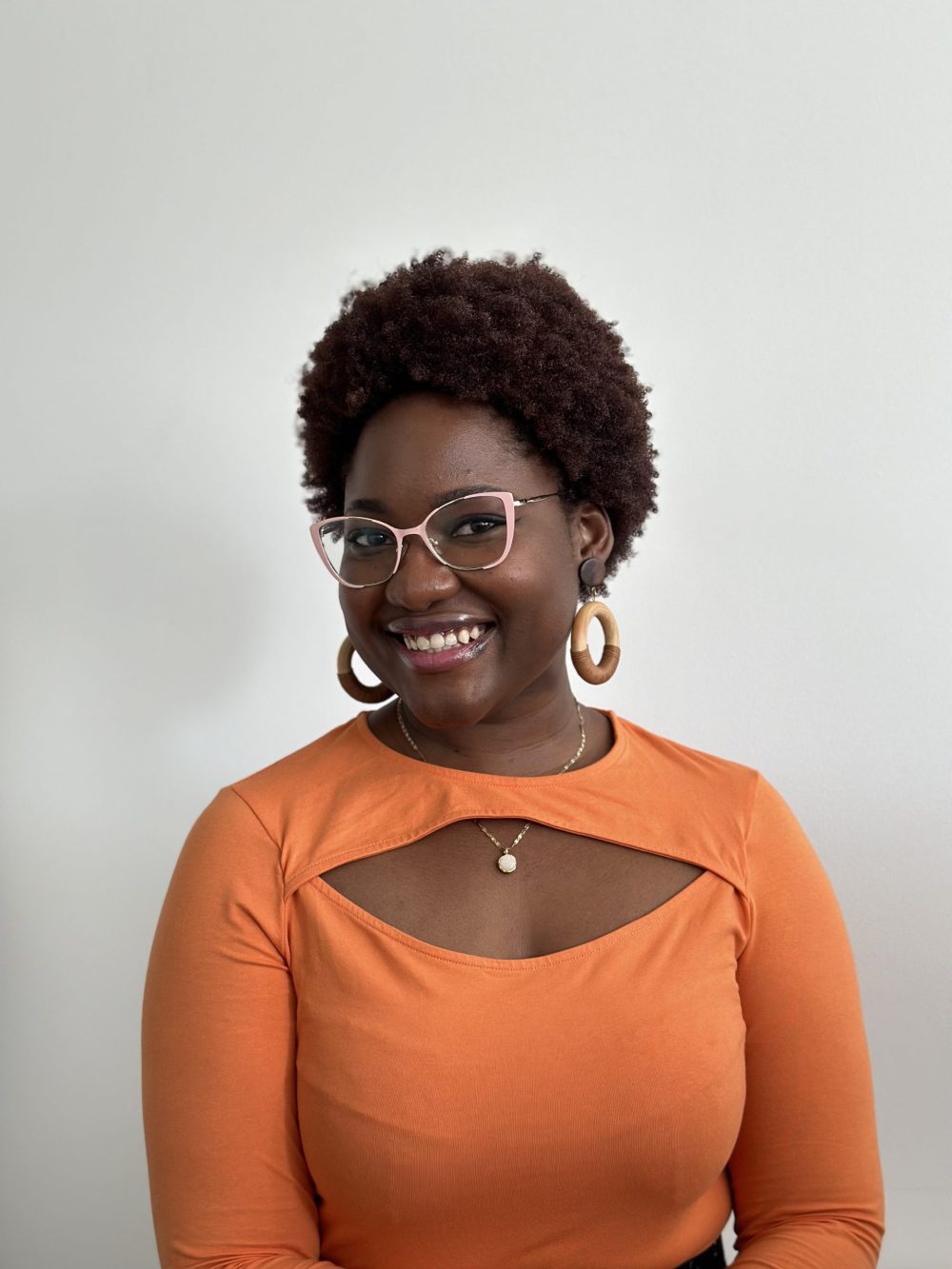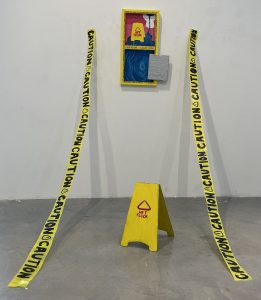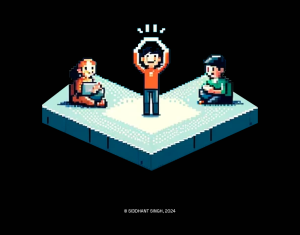Manicure Mixer: Design Lessons from a Black Beauty Salon
Nimi Martins
ECU Award Recipient
ECU Graduation Awards for Anti-Racism and Social Justice – Design – Winner
Emily Carr Alumni Association Graduation Award for Community Engagement – Winner
Future Creative Catalysts Graduate Research Fellowship 2023/24 – Winner

“Why are we trying to design for everyone when we are all so different?”
In a world where multiple world views are accepted, a unique opportunity arises, one where the richness of multiple worlds can thrive. This envisioned world is one of Pluriversalism — where multiple ways of being and world-building are embraced — marking a definitive shift from a singular, dominant design paradigm. It’s a space where communities and cultures, particularly those marginalized or sidelined, reclaim their narratives and their power to design life stories that resonate with their unique identities.
The heart of this entire discourse is the Manicure Mixer, a microcosm of the thesis’s larger ambition. This thesis speculates on a world where the principles of Pluriversal design are ingrained in the very fabric of our design processes, where the act of design is synonymous with the act of community building. It imagines a world where the lines between designer and user are blurred into a collaborative effort, where the design is not an endpoint but a conversation—a conversation that is as multifaceted as the communities it engages.
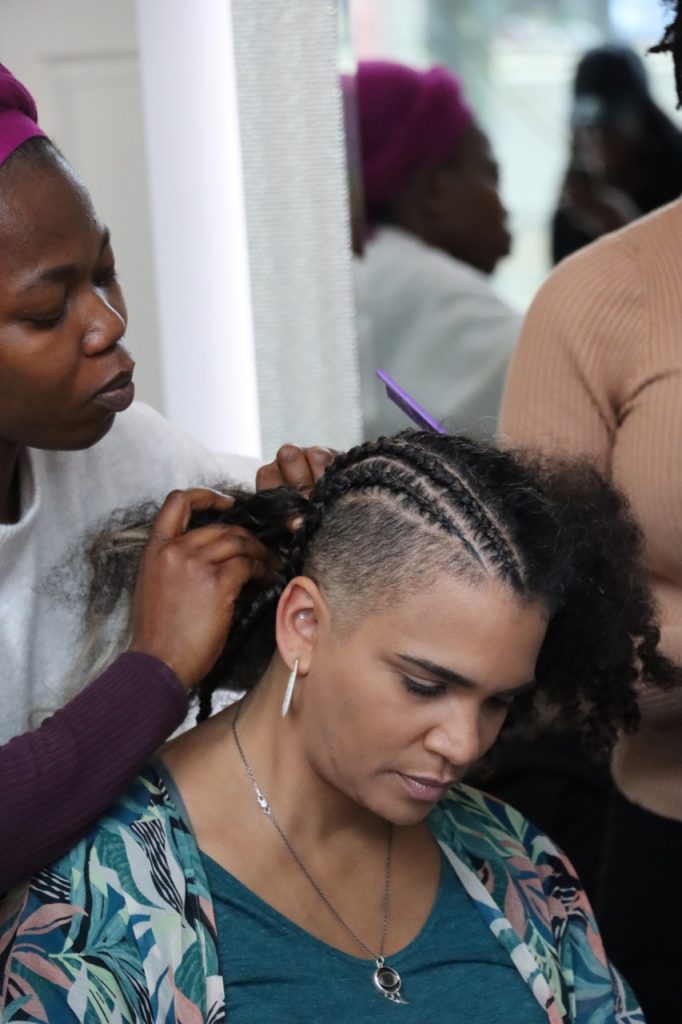
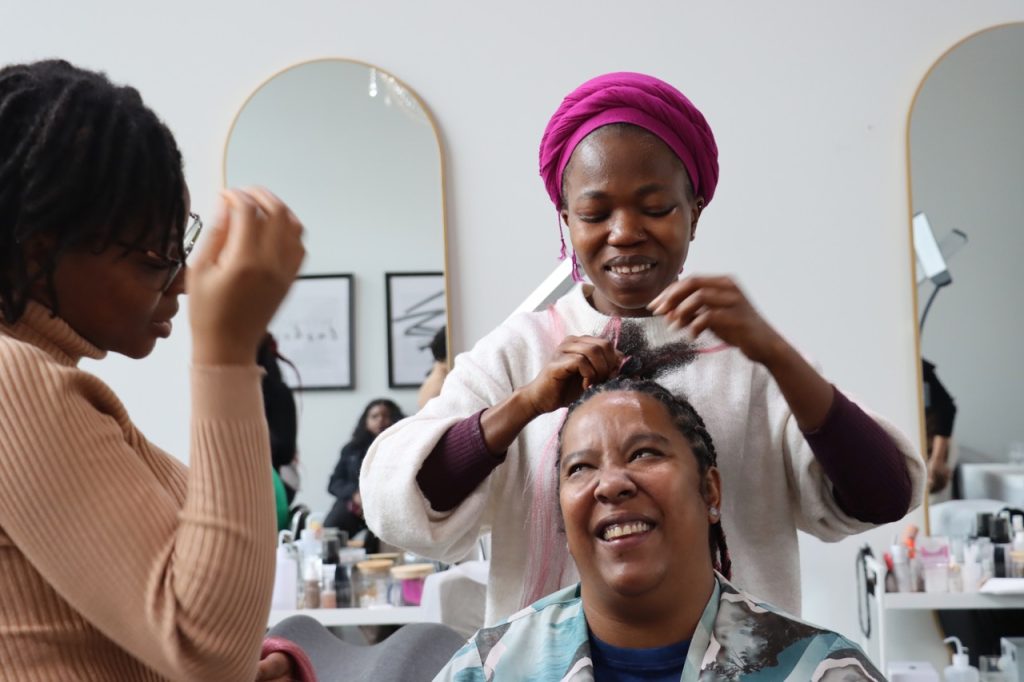
Carl DiSalvo’s exploration of “design experiments in civics” provides a compelling framework for understanding the significance of the Manicure Mixer project. Carl DiSalvo’s “Design Experiments in Civics” resonates deeply with the spirit of the Manicure Mixer, which can be seen as a civic experiment in its own right. It is a design process that probes and questions, engaging with the Black community to uncover and address their community needs. This project extends beyond the conventional boundaries of design, venturing into the realm of civic engagement where design acts not just as an artifact but as a participatory process. In DiSalvo’s terms, it becomes an experiment in how design influences and is influenced by the dynamics of civic interaction, and community-led initiatives (DiSalvo, 2022).
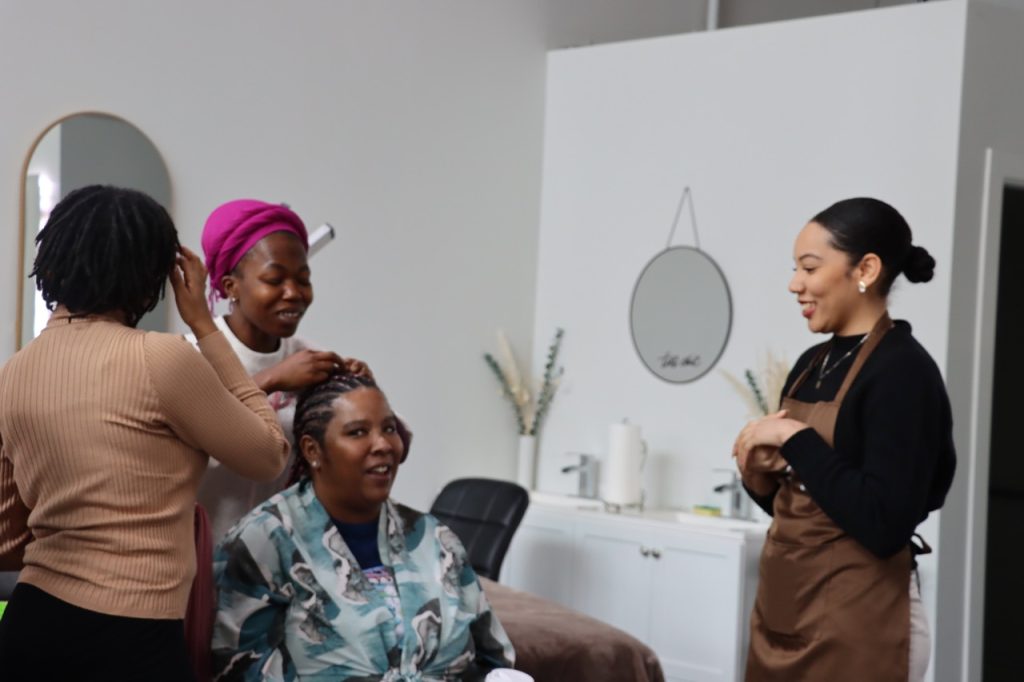
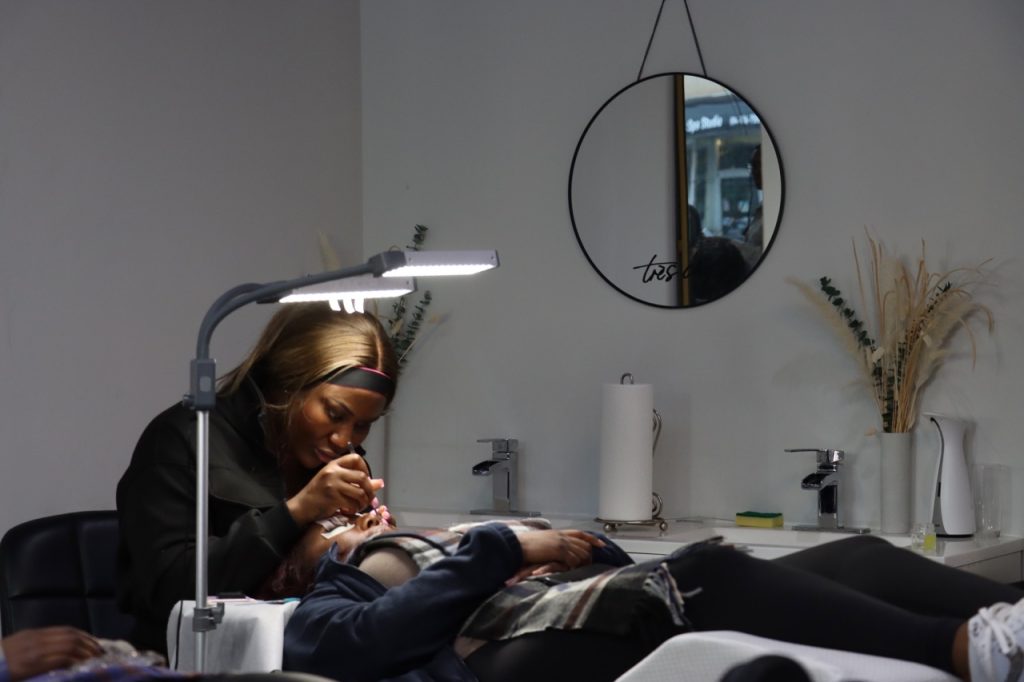
As a kid, I remember hating going into salons because it was filled with adults having conversations I could hardly understand and I would have much preferred being outside playing, but following my experiences with struggling with my hair In Vancouver, a new land, I was longing for that same sense of connection to my community as an adult.
The history of Black beauty salons is one that intertwines with the social, economic, and political narratives of society. At its core, the Black beauty salon has been more than just a place for aesthetics or beauty; it has served as a communal space for women, a hub for activism, and a site for economic entrepreneurship.
In the Jim Crow era, African American beauticians used their new found economic independence and access to a public community space to become activists. The beauty industry became a crucial player in creating the modern Black female identity, wherein the seemingly unimportant space of a beauty salon stirred and motivated significant social, political, and economic change
Objectives of the Manicure Mixer
The Manicure Mixer is an exploratory project in which the Black Beauty Salon was reimagined in Vancouver as a space where interaction design could facilitate dialogue, and discover ways to design-with the Black community. It intertwined elements of Black culture with Pluriversal design principles. The Objectives include:
- To recognise and celebrate the historical significance of beauty salons as centers of cultural exchange, and empowerment among Black women.
- To develop preliminary insights and principles for design practices informed by the conversations and experiences of Black women in situ.
- To utilise events as community-building opportunities and center community-led dialogues around the needs, preferences, and cultural nuances of specific communities
The Manicure Mixer offered free hair, nails and lash services to 18 Black women in Vancouver along with 9 service providers. It was done in collaboration with the Black Women Connect Vancouver organization, which is an alliance of Black women in Vancouver who are dedicated to fostering a sense of community through various events and mentorships. To encourage community development, I invited local Black entrepreneurs and partnered with over 8 small Black-owned businesses in Vancouver to display their business cards and sample products at the event, this was to offer exposure and networking in a city like Vancouver which has a relatively small Black population.

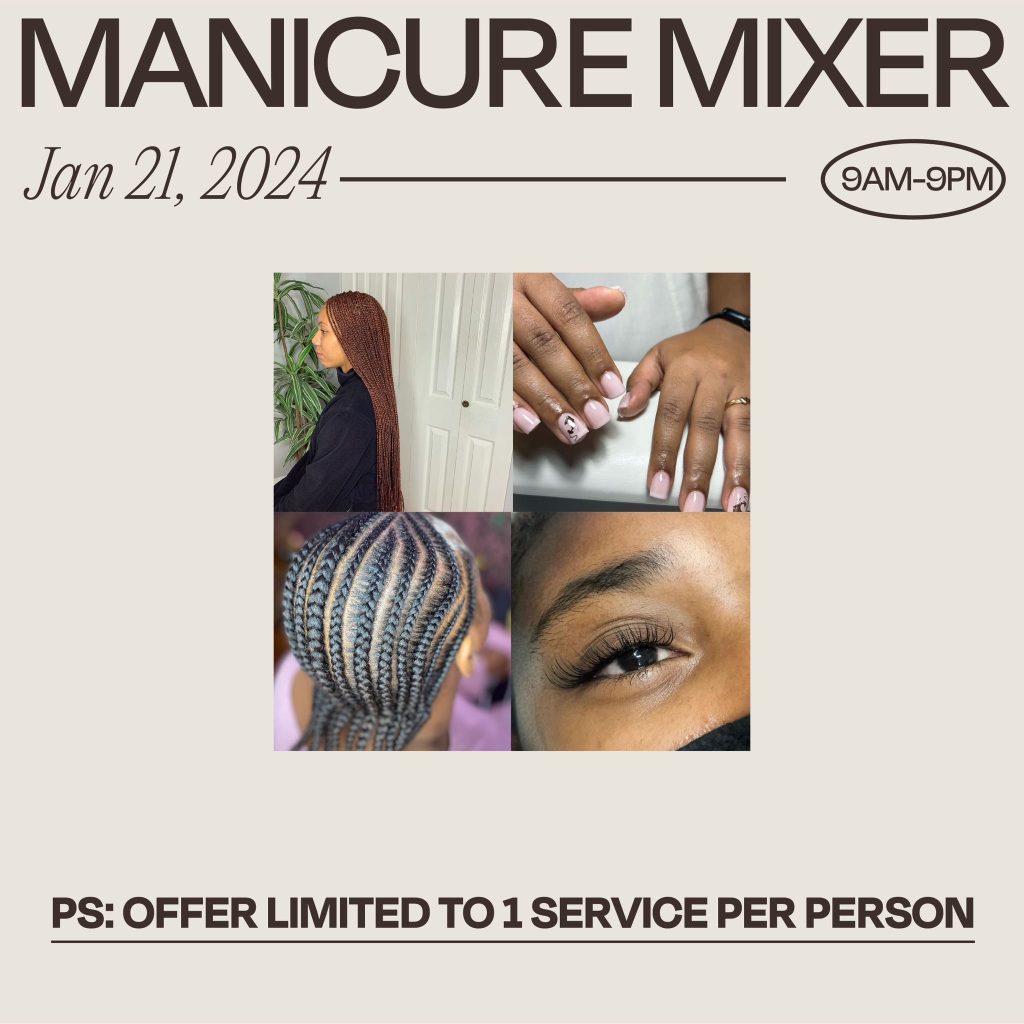
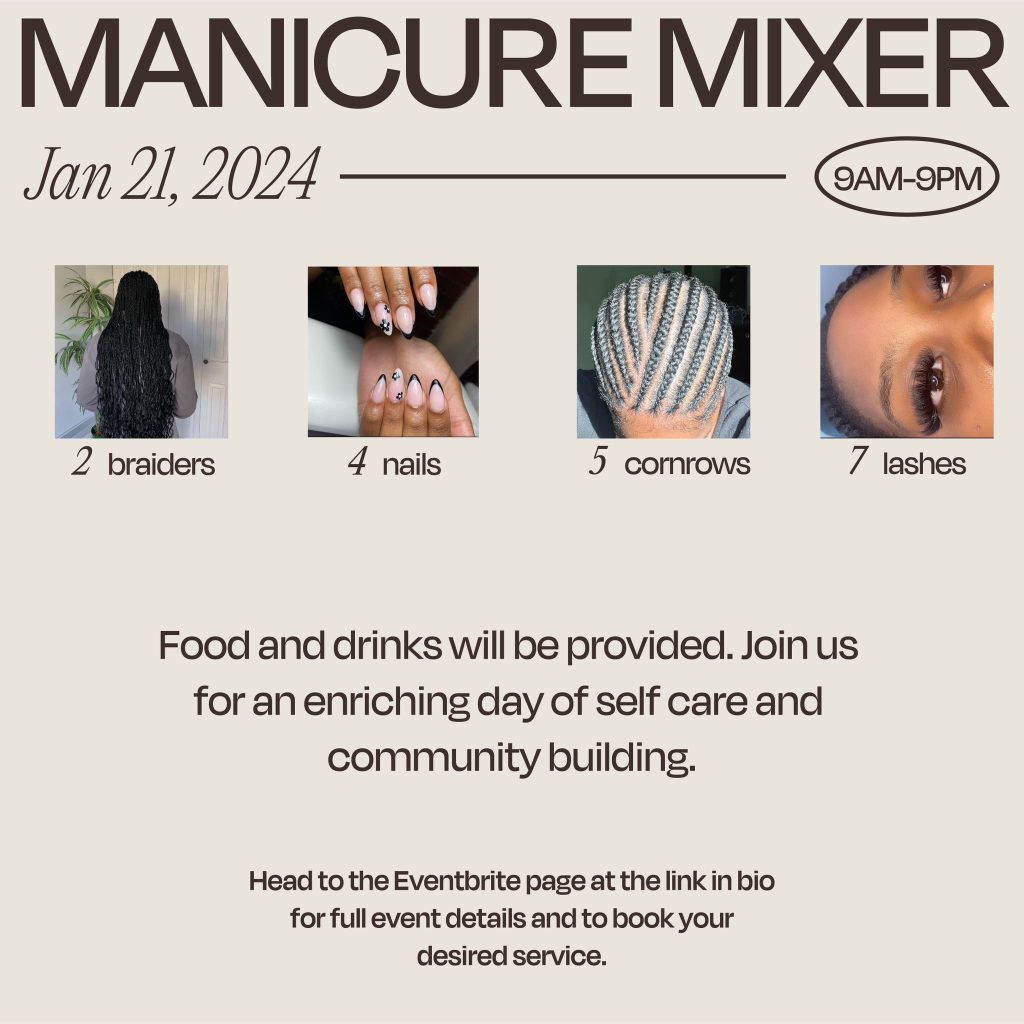
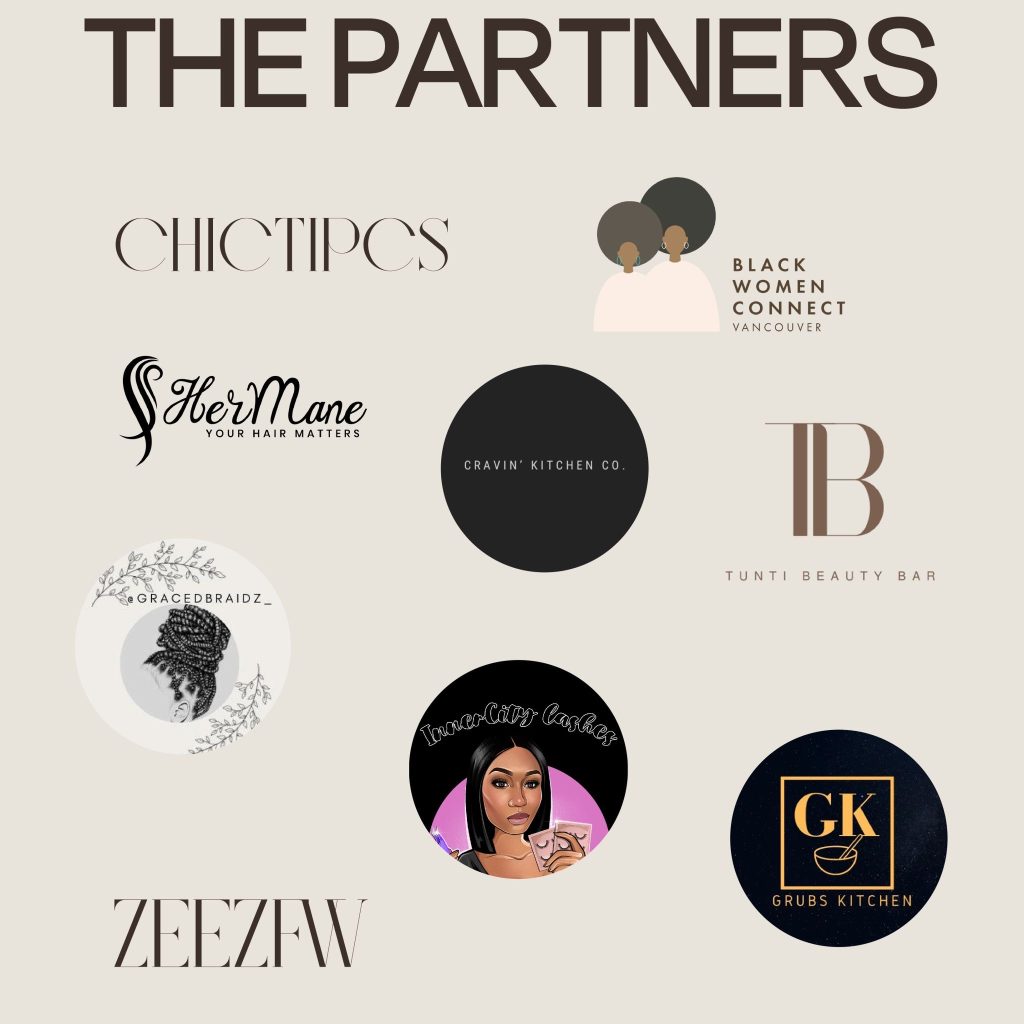
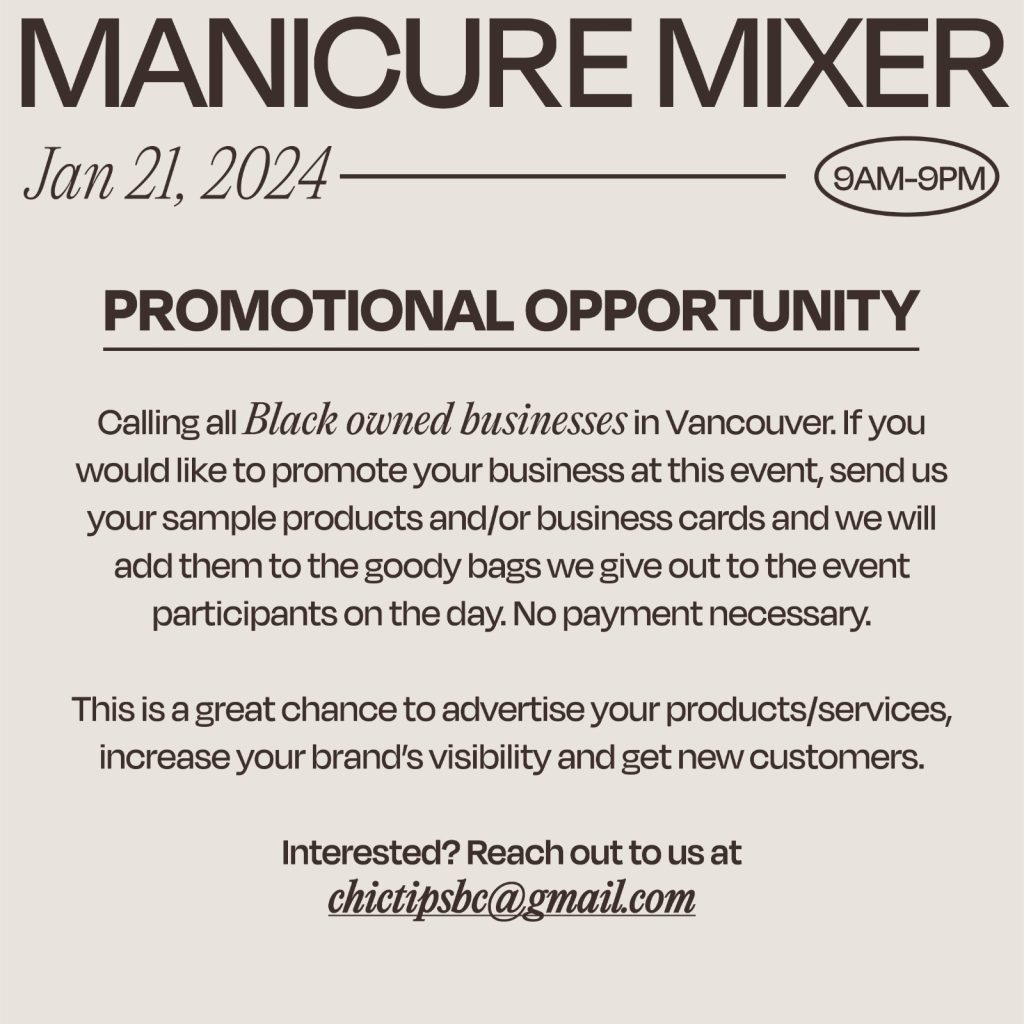
The Black beauty salon was reimagined as a contemporary space where interaction design could facilitate not just dialogue but also collective empowerment. It intertwined elements of Black cultural heritage (hair, nails, lashes) with Pluriversal design concepts that transcend traditional inclusivity notions, acknowledging diverse worldviews, experiences, and cultural perspectives. It became a physical and metaphorical space where community members could gather, not as passive recipients of design, but as active participants and co-creators of their communal narrative.
After the services were provided, we had a discussion circle. We touched on connections with the older Black population and discussed the possible reasons for the separation in the community. Other Key topics we addressed included strategies for tackling microaggressions in the workplace without feeling overburdened and finding collective community activities.
The Manicure Mixer exceeds its role as a mere gathering space, evolving into an end product of the research with the possibility for tangible social impact. Although the project was initially intended to uncover the specific needs and challenges of Black women in Vancouver, it ended up addressing one of the community’s most pressing concerns: isolation. The act of sharing stories, engaging in our cultural practices (like braiding along with other beauty and self-care practices) and coming together became a therapeutic exercise in building a sense of community. It became evident that the process of design—the crafting of this space and experience—was not just a means to an end but an end in itself.

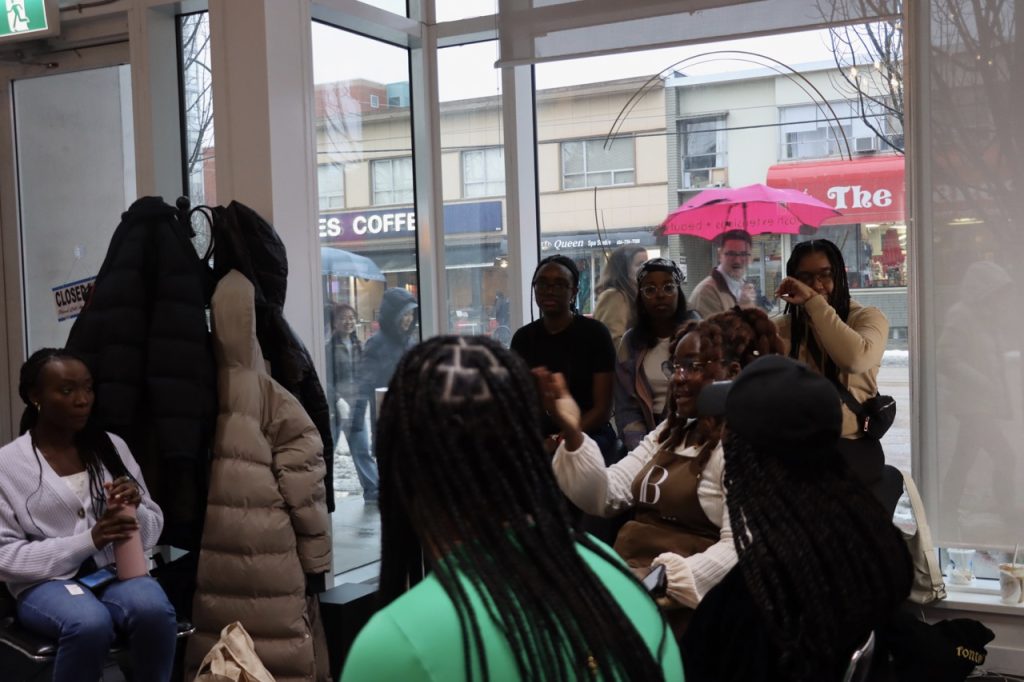
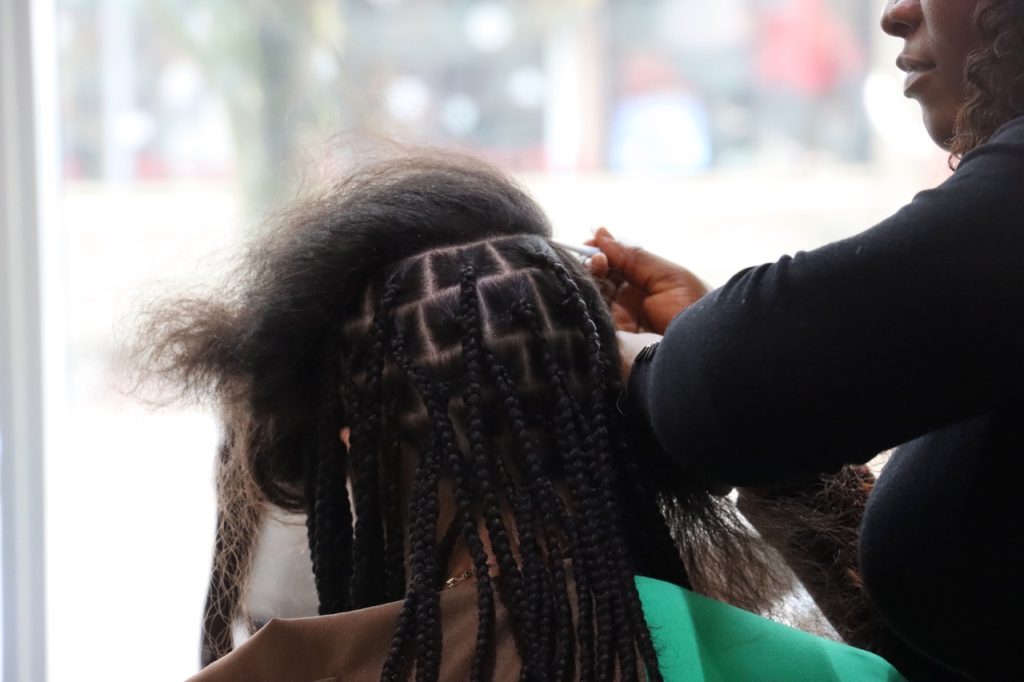
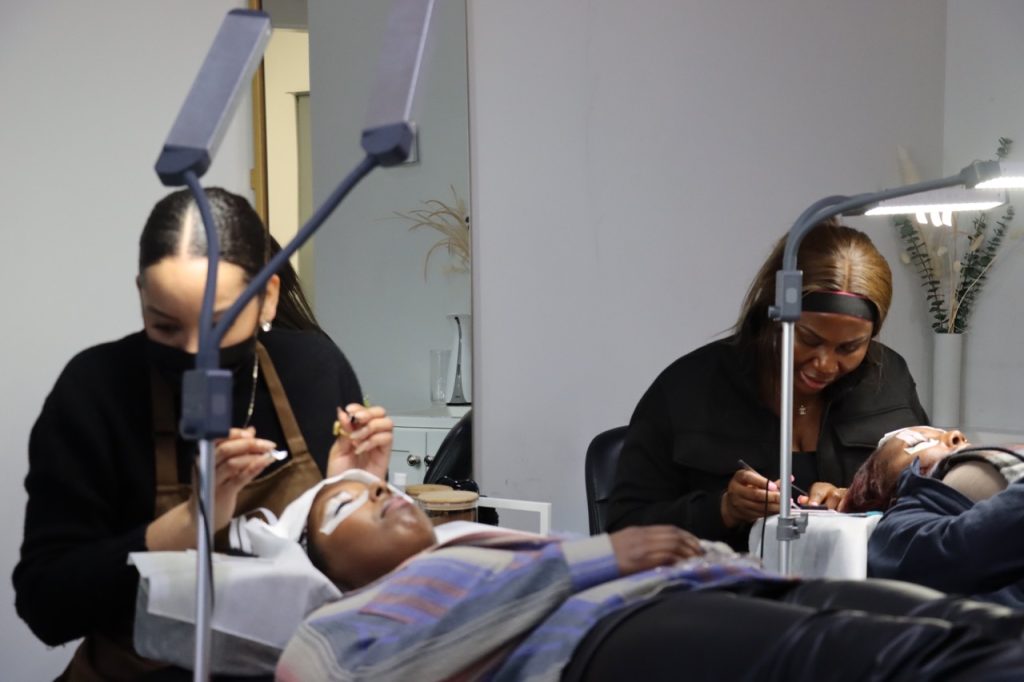
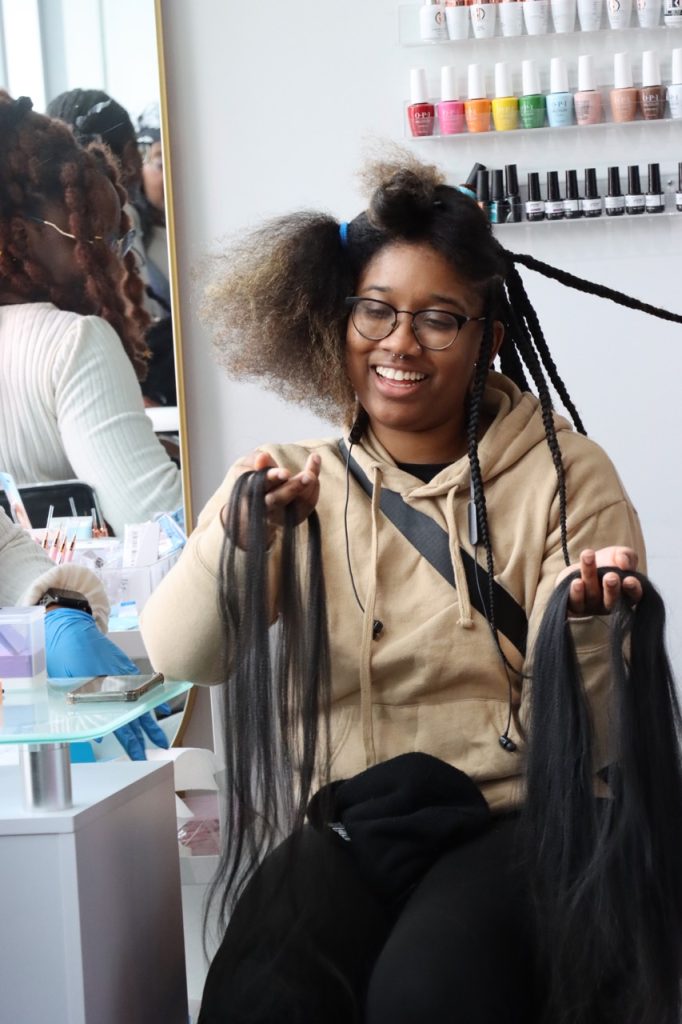
Reflections
The journey of this research has significantly altered my perception and practice as an interaction designer. Throughout my thesis, I had to consciously steer myself away from my design instincts and challenge the inclination to default to designing an app or a digital interface as the ultimate deliverable. This process of unlearning was important to allow me to reframe some of what I had learned, allowing me to embrace a broader vision of what interaction design is and could be, one that values the rich and complex interactions between people as its foundational starting place and not simply its technical outputs.
In reflecting on the essence of my role, I have come to understand that my identity as an interaction designer transcends the conventional task of crafting digital applications or proposing quick-fix solutions. It is fundamentally about creating connections and spaces that empower individuals to take ownership of their design narratives.
Conclusion
In weaving this narrative into my thesis, I invite you to consider a world where design is not a search for a shared universal ideal, but about celebrating the multitude of differences that define us. A world where the power to design is democratized and our unique stories and experiences are valued. It is a personal journey of unlearning and relearning, of questioning and discovering, and ultimately, of envisioning and creating a world where design outcomes embody and mirror the diverse and pluralistic world we inhabit, a world that is not often reflected in the cleanly designed offerings of a globalized modern design industry.
